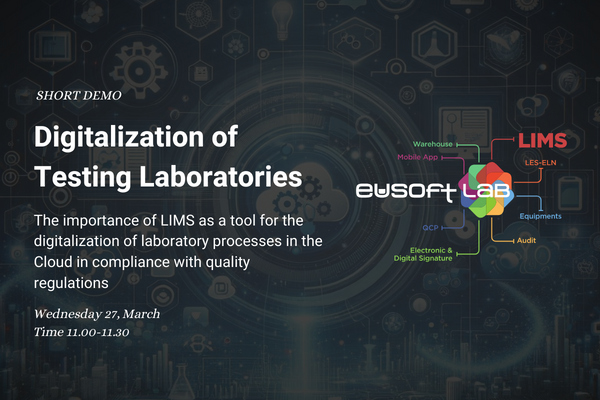When the novel Covid-19 first hit, academic, industrial, and government laboratories around the world faced a string of tough operating decisions and little time to make them. Some shut down, some moved to minimal maintenance, and the rest kept up full operation – albeit with new measures to protect the health and safety of workers. All labs, however, must embrace a new normal. What is the “new norm” for labs post COVID-19?
In the past months, social distancing has really helped curb the spread of COVID-19. As workers return to the lab, it is essential that companies reinforce some guidelines that allow some amount of distancing. This new norm will continue to “flatten the curve” and prevent any resurgence of a viral spread in the near future. Here are some distancing guidelines that companies can apply to their labs:
- Create detailed plans to track and test staff
- Supply hand sanitizer, wipes and masks at lab entrances
- Limit the number of lab meetings that are occurring and, when possible, use remote collaboration tools even for those onsite in the same office/building.
- Convert routine and other meetings to phone calls or video meetings.
- Evaluate what functions can reasonably be done from home for the long term as efficiently as they can be done at work.
- Get ahed in the Cloud. While working remotely, lab staff still need a way to collaborate with each other. That’s why an increasing number of laboratories are relying on cloud-based and mobile solutions that allow users to work on the same resources even when they aren’t in the same physical location. The cloud is the “great enabler,” offering the potential to eliminate distance, save time and costs, all while reducing the personal gaps resulting from social distancing. More than ever, companies are realizing the necessity and benefits of being able to reach anyone, anywhere, with only a browser and Internet connection. For the laboratory, the acquisition of a cloud-based LIMS usable by mobile tools is essential to reduce complexity and management costs, while achieving a better organizational performance. With a cloud-based LIMS, the laboratory can perform operations such as accepting samples, entering results or issuing test reports, immediately, from anywhere. In addition, mobile applications integrated in the LIMS increase the speed of carrying out activities and allow customers to access their results at any time.




